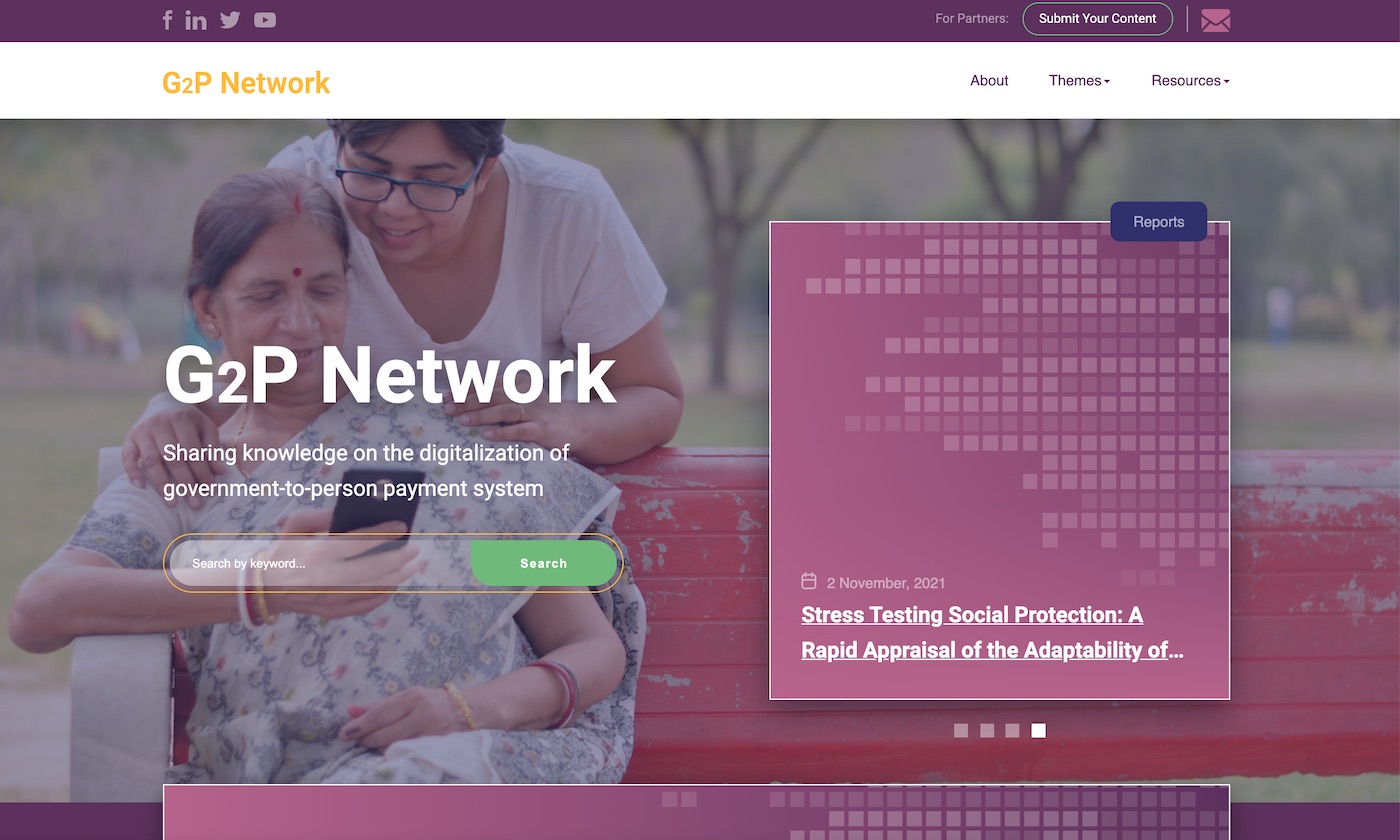Nearly one billion people in the world live without a proof of identity, the vast majority in low-income countries—where the poorest remain the most disadvantaged. This identification gap is, however, narrowing at a rapid pace. Over the last decade, nearly 140 countries have issued electronic or digital ID, many of which also include biometrics. Countries such as Malawi registered their entire population in a matter of months. Pakistan, India, and Indonesia have built multipurpose ID database covering nearly their entire population—1.2 billion in India itself—that is now used for personal verification and authentication. There has indeed been an identification revolution in much of the developing world that has largely gone unnoticed until now.
As ID systems cover increasingly large number of people across the world, attention is now turning to their application. This of course varies significantly across countries but the vision is to use ID systems as a tool for inclusion, especially for the poor and the marginalized. This was one of key themes for discussion at a recent workshop on “Identification for Development (ID4D): From Principles to Practice” convened by the World Bank in Washington, DC. The emerging consensus seems to be that, if used appropriately, there is significant potential to leverage ID systems to transform governance especially in low- and lower middle-income countries. Moreover, there is an urgent need to expand the evidence and knowledge base, and share the insights from country experiences more widely. In the coming months, we will be investigating these issues through series of publications on digital ID systems in several developing countries alongside this “Beyond ID” blog series.
India is emerging as a laboratory for digital transformation of the delivery of public services and subsidies using its biometric digital ID system, Aadhaar. With nearly universal enrolment, Aadhaar’s capabilities are being used in different ways, for example: biometric authentication at point of sale to collect food ration entitlements, direct transfer of social pensions to beneficiary bank accounts, and moving from in-kind LPG cooking gas subsidy to a voucher type system where the subsidy amount is transferred directly to bank accounts of consumers. In the process, India is bringing together three different platforms—financial inclusion (Jan Dhan), digital ID (Aadhaar), and mobile technology—to move towards a more inclusive digital governance framework.
But what is the experience of these reforms on the ground? We presented key findings from CGD’s household surveys in Rajasthan (read the summary and full paper) and preliminary results from the Krishna district in Andhra Pradesh, highlighting the achievements and challenges of the digital governance transformation in the two states. In both these cases, the response to digital technology has been mostly positive on the part of the beneficiaries of public subsidies and transfers. The reasons are also similar—perception of more control over benefits, less corruption and leakage, improvement in service delivery, and increase in bank account coverage, especially for women. Digitization is also being implemented to reform supply chain and distribution of commodities, especially foodgrains and fertilizers, with generally positive perception of the changes from the distributors.
On the other hand, there are significant start up and ongoing challenges. Integrating and reconciling beneficiary lists, correcting demographic data, seeding of Aadhaar numbers and linking them with banking and mobile service databases have not always been smooth and easy, as a recent study by Jean Dreze and others has highlighted. That study—on the use of biometric authentication in the public distribution system in Jharkhand, a relatively underdeveloped state in eastern India—suggests that online authentication requirements at the point of sale have excluded legitimate beneficiaries because of difficulties related to fingerprint recognition and connectivity—and failure to use backup protocols. Further information on Aadhaar authentication in PDS in Jharkhand is expected soon from an ongoing study by Muralidharan, Niehaus, and Sukhtankar.
One key lesson emerging from these studies is that despite all the technical sophistication of Aadhaar authentication, there is still a need to have a human failsafe option to ensure that beneficiaries are not excluded from accessing their entitlements. In the Krishna district, the Village Revenue Officer is responsible for authenticating legitimate beneficiaries who face problems with the digital systems, and initial results from our survey suggest that this backup is working quite well. The growing body of evidence from India could serve as a guide for other countries vis-à-vis the opportunities and challenges of using digital technologies for better governance and how the role of local officials should be changed to productively complement the digital systems.
Inclusion is as much about technology as it is about the ability of individuals and institutions to work with new digital systems. As the identification gap reduces around the world, successful digital transformation will depend on whether the emerging digital society in developing countries has the necessary capacity to do so.
Disclaimer
CGD blog posts reflect the views of the authors, drawing on prior research and experience in their areas of expertise. CGD is a nonpartisan, independent organization and does not take institutional positions.





